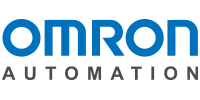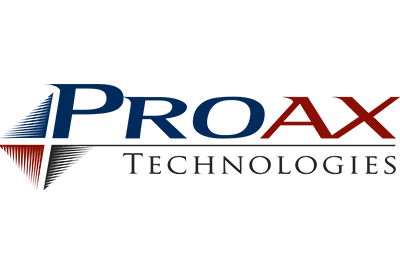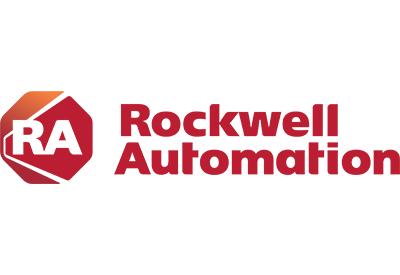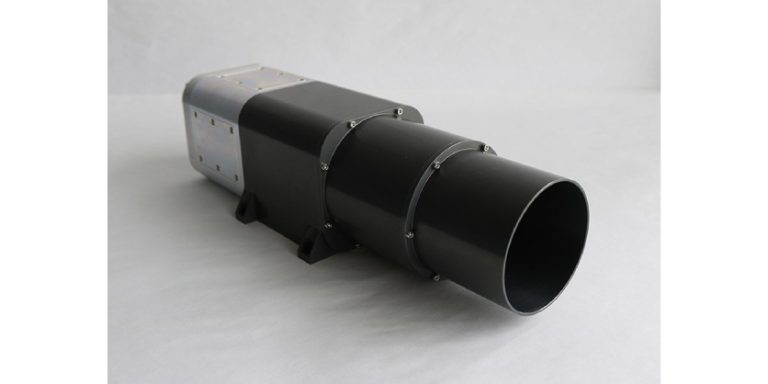How Communication Protocols Like OPC UA and MQTT Are Enabling Industry 4.0
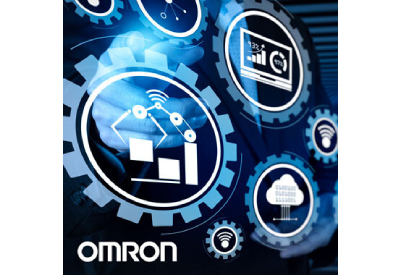
March 3, 2022
The factory of the future would not be possible without communication protocols that facilitate fast and secure data transfer. A protocol is essentially a way of communicating information between devices on a network that follows a set of agreed-upon rules for formatting and processing. As the trend toward data-driven decision-making prompts manufacturers to gather increasingly large amounts of data from the plant floor, these protocols are gaining prominence. Omron looks at two of them, OPC UA and MQTT, that are currently shaping the automation industry.
OPC UA is designed for the industrial space
OPC Unified Architecture (OPC UA) was developed by the OPC Foundation, an organization that focuses on providing different vendors with an easy way to communicate with each other on the plant floor. The architecture comes from the industrial space and combines both protocol with some standards for addressing data points within a controller.
The protocol and standards together create a uniform way for devices on the plant floor to communicate regardless of platform. It also makes it easy to communicate to non-industrial technologies like iOS, Android or Linux.
MQTT is moving from the consumer world to industry
Message Queuing Telemetry Transport, or MQTT, is prevalent in the standard Internet of Things (IoT) world. In the consumer world of smart devices, people are using this protocol quite a lot, and it’s also starting to show up more frequently on the manufacturing floor. This is because it’s very light, meaning that there’s no need to add a lot of headers or extra data to messages.
The reason MQTT is so light is that it uses a broker to manage traffic. Devices can send information to the broker, and other devices can subscribe to it. If some information isn’t important to one part of the plant, devices there can choose not to subscribe. Essentially, MQTT is a pub-sub protocol that keeps things pertinent to specific devices or processes.
This arrangement adds to the ease of implementation by making it unnecessary to add a large amount of network infrastructure. However, there’s a bit more work to do upfront. Manufacturers need to know which devices need which types of data. Overall, however, MQTT is low-cost and lightweight, and customers are probably already using in other areas.
How Omron supports Industry 4.0 communication
OPC UA is available on some Omron devices with no additional licenses or software required. Most competitors require add-on licenses, software, or modules for OPC UA, which can add complexity to an Industry 4.0 solution.
Omron also makes it easy for customers to use MQTT if that’s their preference. MQTT function blocks are available for all Sysmac controllers, and secure sockets (TLS) are available in the NX102 and NX1P controllers with no additional licenses or software. This provides the MQTT functionality for secure connection to brokers in the cloud.
Interested in learning about Omron’s data sharing capabilities?
Check out Omron’s IIoT solutions portfolio by clicking here

